Lur Ethnicity
The Lur ethnicity is one of the numerous ethnicities, living in the western lands of Iran since long ago. They are known for their acts of courage and braveries during the hardships that Iran has been through. According to the latest census counts, carried out in 2017, the Lurs make up approximately 17 hundred thousands of the population of Iran, placing them at 4th place as the greatest ethnicity of the country.
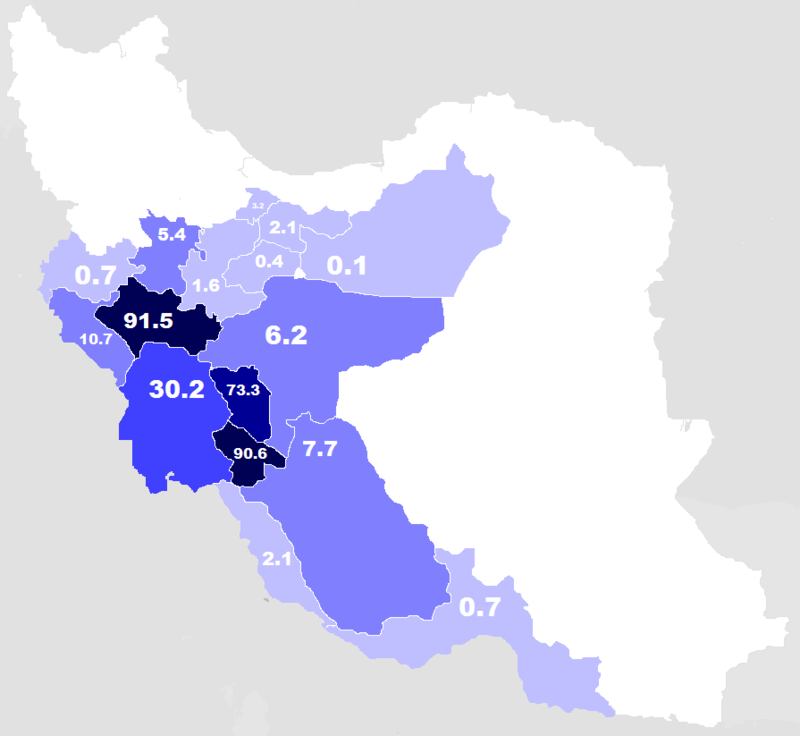
The Lurs are divided into two main groups
- The Lesser Lurs or Lur-e Kuchek(from the regions of Lorestan and Ilam)
- The Greater Lurs or Lur-Buzurg also known as Bakhtiari Lurs ( from the regions of Bakhtiari and Kohgiluyeh and Boyer-Ahmad)
The Lesser Lurs live on the west side of Zagros, south of Kurdistan. In fact, they do not all live in the regions of Lorestan. Some of the major cities of their inhabitance are Malayer, Tuyserkan, and Nahavand which are located in Hamedan. Most of the Lurs of Iran live in Lorestan and the rest are scattered in parts of Ilam, Chahar-Mahal Bakhtiari, Kohgiluyeh and Boyer-Ahmad, and some parts of Fars province and Bushehr. Also, some tribes of the Lurs live around some regions of Kerman. Currently, Lorestan is inhabited by Lesser Lurs.
Culture and customs of the Lurs
The many traditions among the Iranian ethnicities are generally much alike. This is due to the closeness of their lands and how they have been culturally, economically, and socially in trade with each other which has resulted in the development of their cultural traditions. One example of the Lur traditions is their wedding ceremonies that are held with specific customs.
For example, the first step, after choosing the bride, is to set a date for the purposing ceremony (Khastegari) which is also known as Zoon Keshun. For this matter, the family of the groom brings a gift to the home of the parents of the bride, which is usually a mule or a rifle. The rest of the marriage is carried out based on the specific traditions and customs

Characteristics of the Lurs
- Resilience: the Lurs are very strict about guarding their life, property, and family. Archery and horseback riding are valued greatly among the Lurs.
- Courage among the Women: in the nomadic regions, women not only work side to side by men, but also even surpass them in doing so.
- Modesty and simplicity: Spending most of their life away from the cities and in the heart of nature, the Lurs develop the habit of simplicity and trust among themselves.
Luri Dance
The regions of Iran that the Lurs inhabit are familiar with the several dancing rituals of the Lurs which are as below:
- Dastmal Bazi ( dancing with colorful scarves)
- Raghs Choob ( dancing with wood sticks)
- Sangin Sama( with Zarb(percussion instrument), Kamanche (bowed string musical instrument), Dohol (large cylindrical drum), and Sorna(ancient Iranian woodwind instrument)
- Raghs se Pa ( three feet dance) which has a faster rhythm than Sama dance
- Raghs do pa ( two feet dance) which has a slower rhythm
- Epic dance( a battlement dance performed by two people with wood sticks)
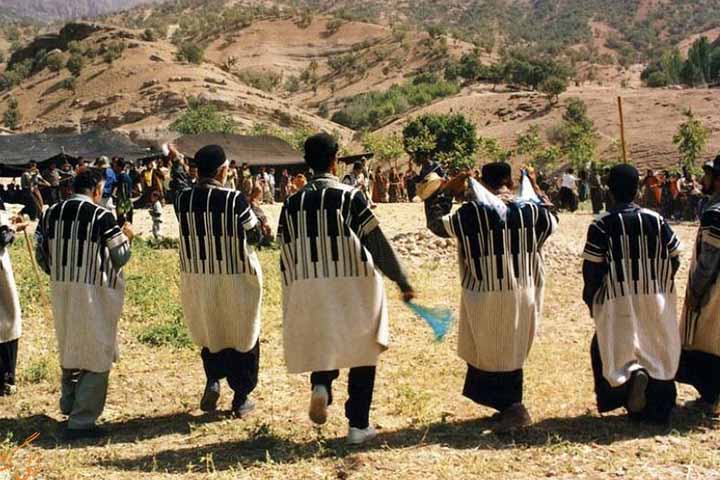
Handicrafts
As one of the greatest ethnicities of the region, the Lurs have played a major role in the development of the handicrafts in Iran. Active in up to 40 different fields of handicraft, Lorestan province holds 15% of the production of handicrafts of the country, with up to 80% of it being produced by Nomadic tribes. Carpet and rug weaving, Namad Mali (felt beating), Hasir Bafi (Mat weaving), Jajim, Mashe Bafi are a few examples of their handicraft.
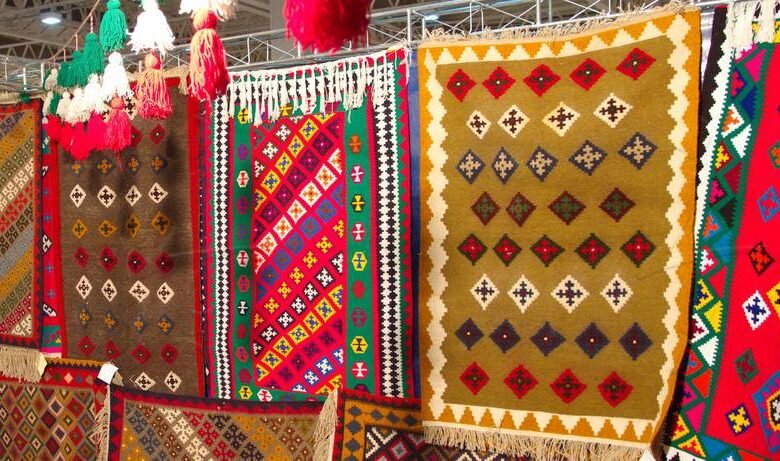

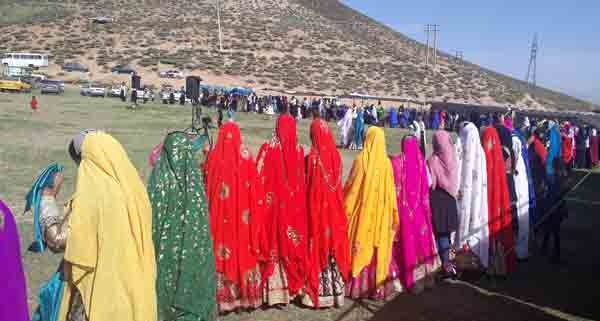
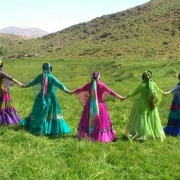
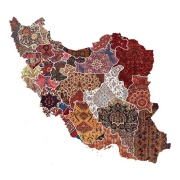
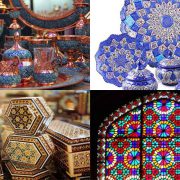
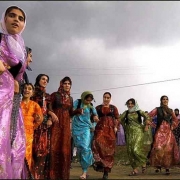
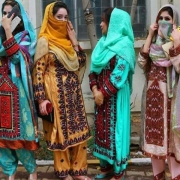
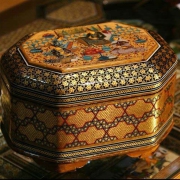
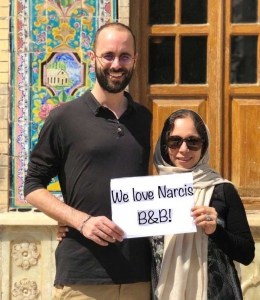




Leave a Reply
Want to join the discussion?Feel free to contribute!